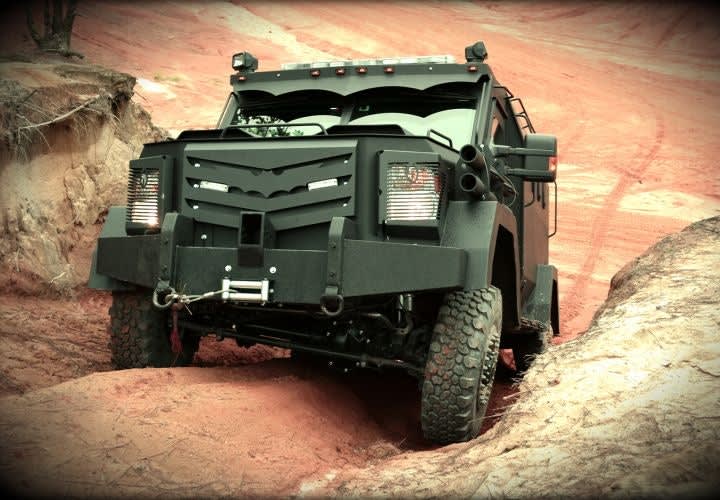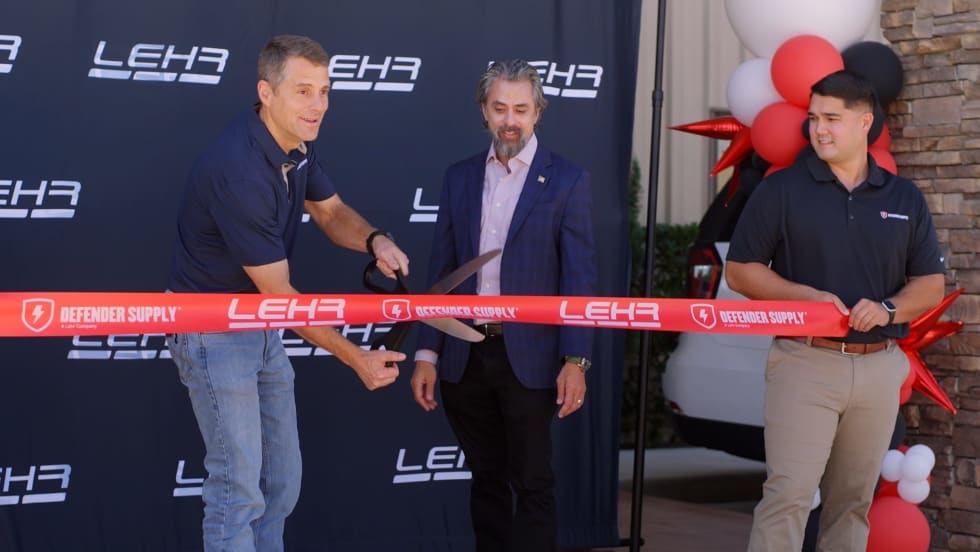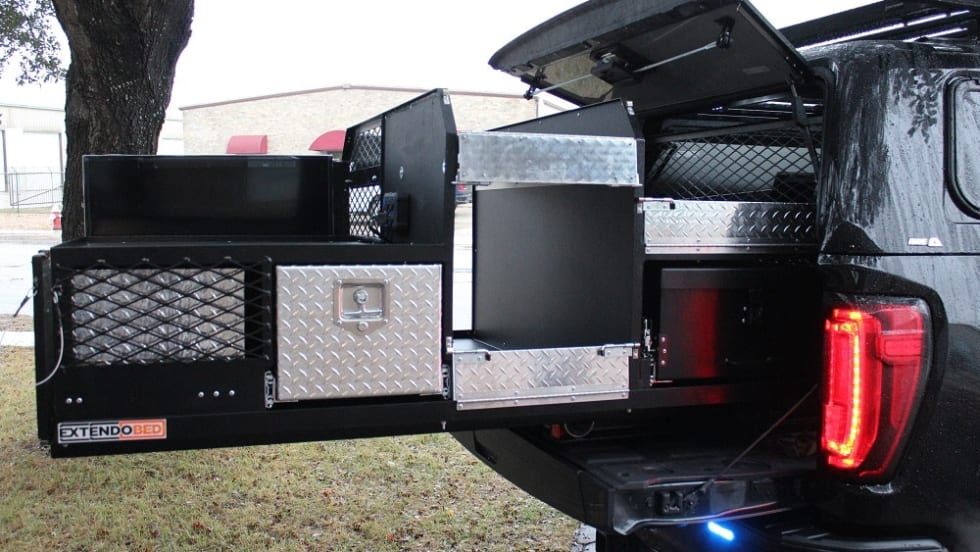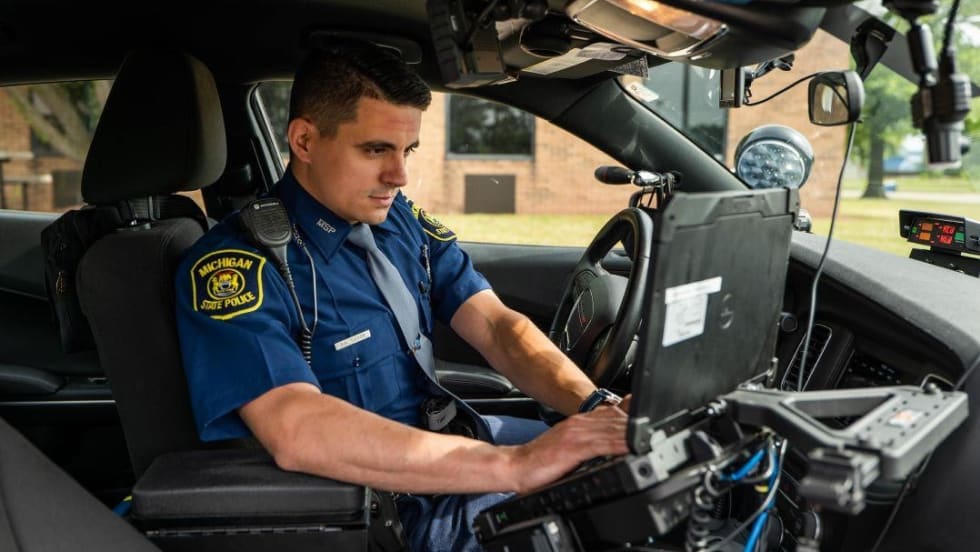The U.S. government allots so much money per state for Homeland Security to be distributed as each state deems necessary. In Kansas, the money is divvied up among different regions, and each regional council determines how the funds will be administered.
As SWAT team leader for the Junction City (Kan.) Police Department, Officer Thad Jones recognized that his agency and the surrounding area had need for an armored vehicle that could provide Level IV protection. He ruled out applying for a federal grant directly through the government because of the intense competition from so many agencies.
"Those grants usually go to agencies with higher priorities and more demographics," Jones says. "Our city has 25,000 to 30,000 residents. For the area, we're on the bigger end, but for the U.S. we’re on the smaller end of the scale."
So he instead applied to the Northeast Regional Emergency Management council of Kansas for a grant to purchase one. Junction City P.D. received approval for the vehicle and funds to cover 95% of the cost. His agency provided the remaining funds and covers any maintenance costs. But because the majority of the funding came from a regional grant, the vehicle must be made available to any agency within the region when needed. In fact, it was for a barricade situation at a neighboring agency that the vehicle was first called into action.
"Now, if we have a situation where someone is armed with up to .50 caliber munitions, we can go into that situation inside the tactical truck and do whatever we need to do, to evacuate injured personnel or civilians, or whatever the situation dictates," Jones says. "Fortunately, thus far we haven’t had a need for that type of protection."













